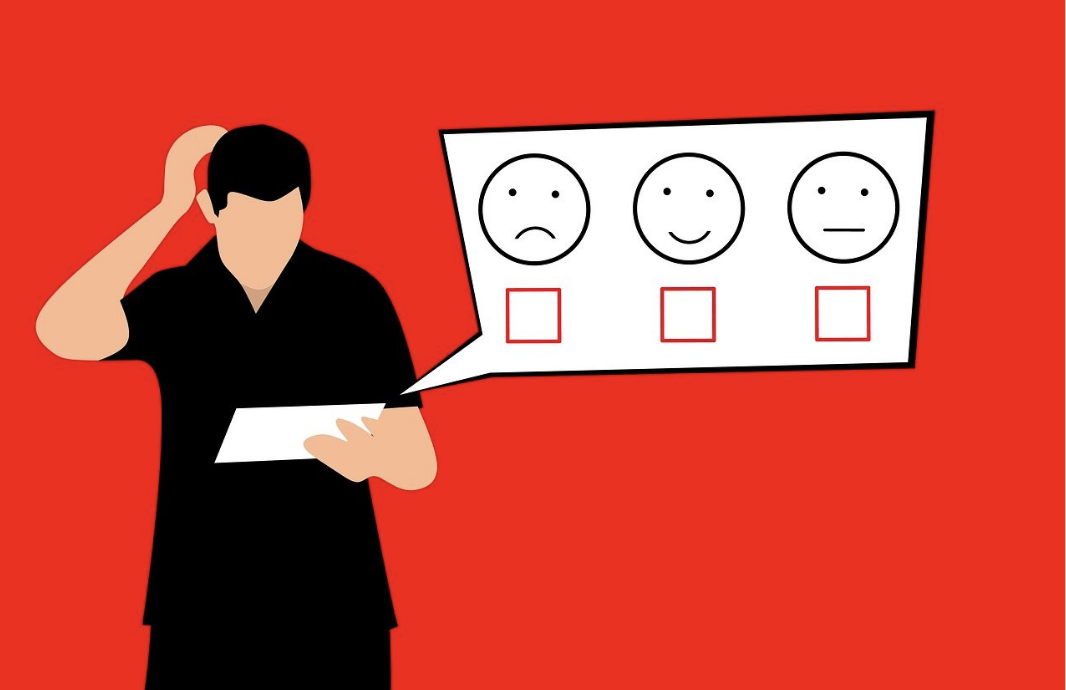 In an era where customer experience reigns supreme, companies are constantly seeking ways to gain insight into the experiences of the people they serve.
In an era where customer experience reigns supreme, companies are constantly seeking ways to gain insight into the experiences of the people they serve.
Post-interaction surveys offer an opportunity to tap into the minds of their community after an interaction, capturing feedback, concerns, and suggestions all while the experience is still fresh. This real-time feedback not only provides valuable insights into customer experiences, but also empowers businesses to make data-driven improvements to their processes and enhance client satisfaction.
Below is a list of best practices for harnessing the true potential of post-interaction surveys as well as a list of common pitfalls to avoid.
Top 10 Best Practices for Post-Interaction Surveys:
 Keep it brief: Ensure each survey is concise and can be completed quickly. Long surveys can deter customers from participating.
Keep it brief: Ensure each survey is concise and can be completed quickly. Long surveys can deter customers from participating.- Ask specific questions: Use clear and specific questions to gather actionable feedback. Avoid vague or overly broad inquiries.
- Timing is key: Provide surveys directly following interactions while the experience is still fresh in the customer’s mind. Ideally, within 24 hours.
- Offer multiple response options: Use a mix of open-ended and closed-ended questions to capture both quantitative and qualitative feedback.
- Incentivize participation: Offer small incentives or rewards to encourage customers to complete the survey.
- Use a variety of channels: Provide surveys through multiple channels (email, SMS, phone, etc.) to reach customers in their preferred way.
- Analyze feedback: Regularly analyze survey results and use the insights to improve your customer service processes.
- Maintain anonymity: Assure customers that their responses will remain anonymous to encourage honest feedback.
- Segment your audience: Tailor surveys to different customer segments or types of interactions for more relevant insights.
- Follow up: Thank customers for their feedback and let them know how their input has been used to make improvements.
Top 10 Pitfalls to avoid with Post-Interaction Surveys:
 Question overload: Too many questions can overwhelm customers and lead to incomplete surveys.
Question overload: Too many questions can overwhelm customers and lead to incomplete surveys.- Leading questions: Avoid questions that steer customers toward a particular response. Questions should be kept neutral.
- Ignoring feedback: Failing to listen to feedback and take action based on survey feedback can erode customer trust and participation in future surveys.
- Not respecting client preferences: If a customer requests not to be contacted for surveys, respect their wishes to avoid annoyance.
- Lack of personalization: Generic surveys that don’t consider the customer’s specific interaction can feel impersonal.
- Repetition: Sending surveys too frequently can annoy customers, leading to survey fatigue.
- Inadequate follow-up: Failing to inform customers about changes made based on their feedback can discourage future participation. When possible keep clients in the loop of changes implemented based off their feedback.
- Complex survey design: Complicated surveys with confusing layouts or language can result in inaccurate responses.
- Bias in Question wording: Carefully craft questions to avoid bias or leading customers to respond in a certain way.
- Failure to adapt: Don’t stick to a one-size-fits-all approach. Continuously evolve your survey based on changing customer needs and feedback.
In the ever-evolving landscape of customer service, post-interaction surveys serve as a vital compass for service providers as they provide direct access to customer feedback which guides the improvements in processes, trainings and more. By embracing post-interaction surveys, following these best practices, and avoiding common pitfalls, post-interaction surveys can effectively be used to gather valuable customer feedback and improve overall customer service processes in any industry.
Furthermore, post-interaction surveys provide an opportunity for service providers to demonstrate a commitment to the satisfaction and loyally of their community by listening and acting on the feedback they have received.
Want to read more about Post-Interaction Surveys?
Please read our article “A Post Call Survey That Benefits Your Organization, Stakeholders, & Clients“.

